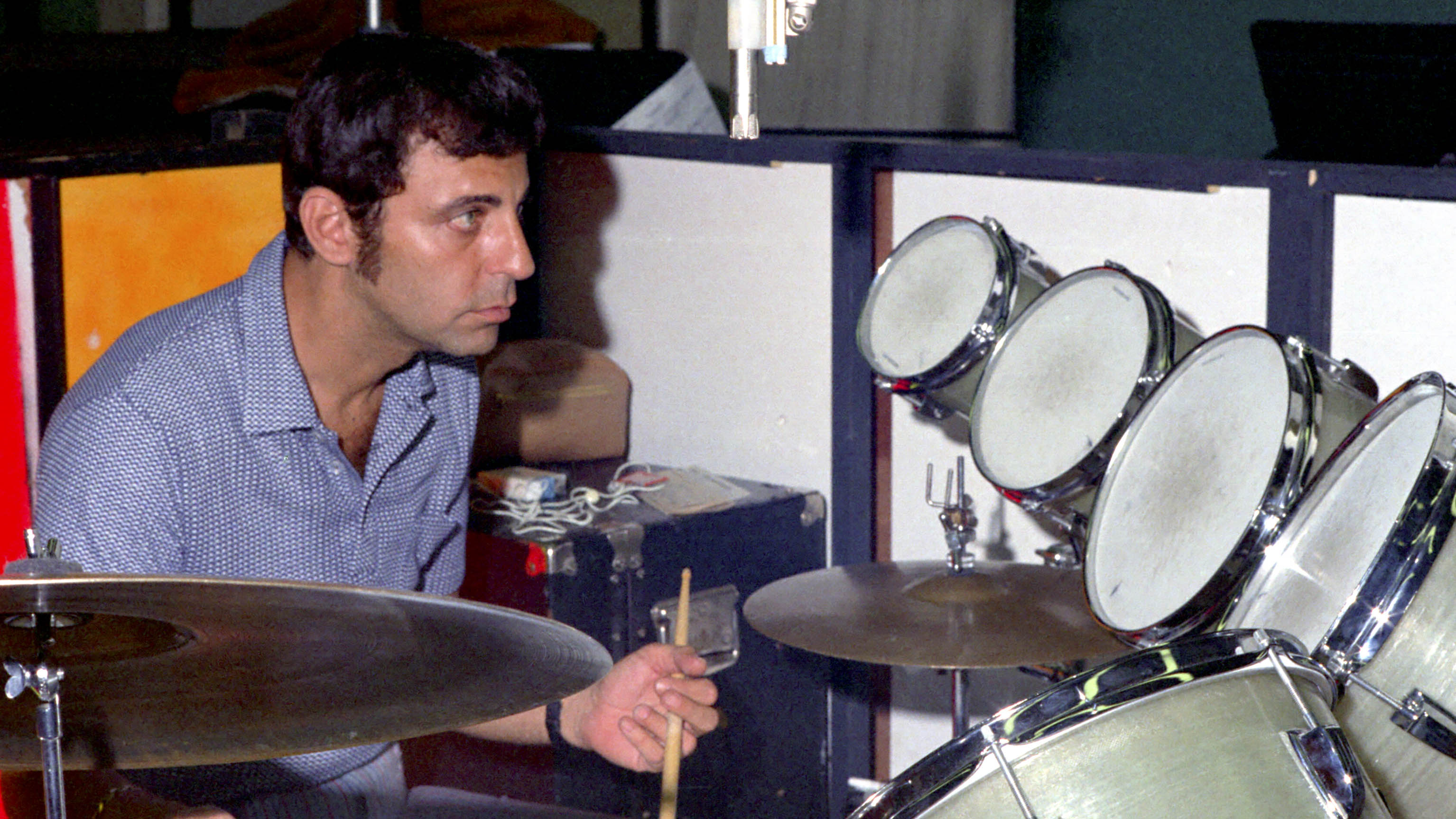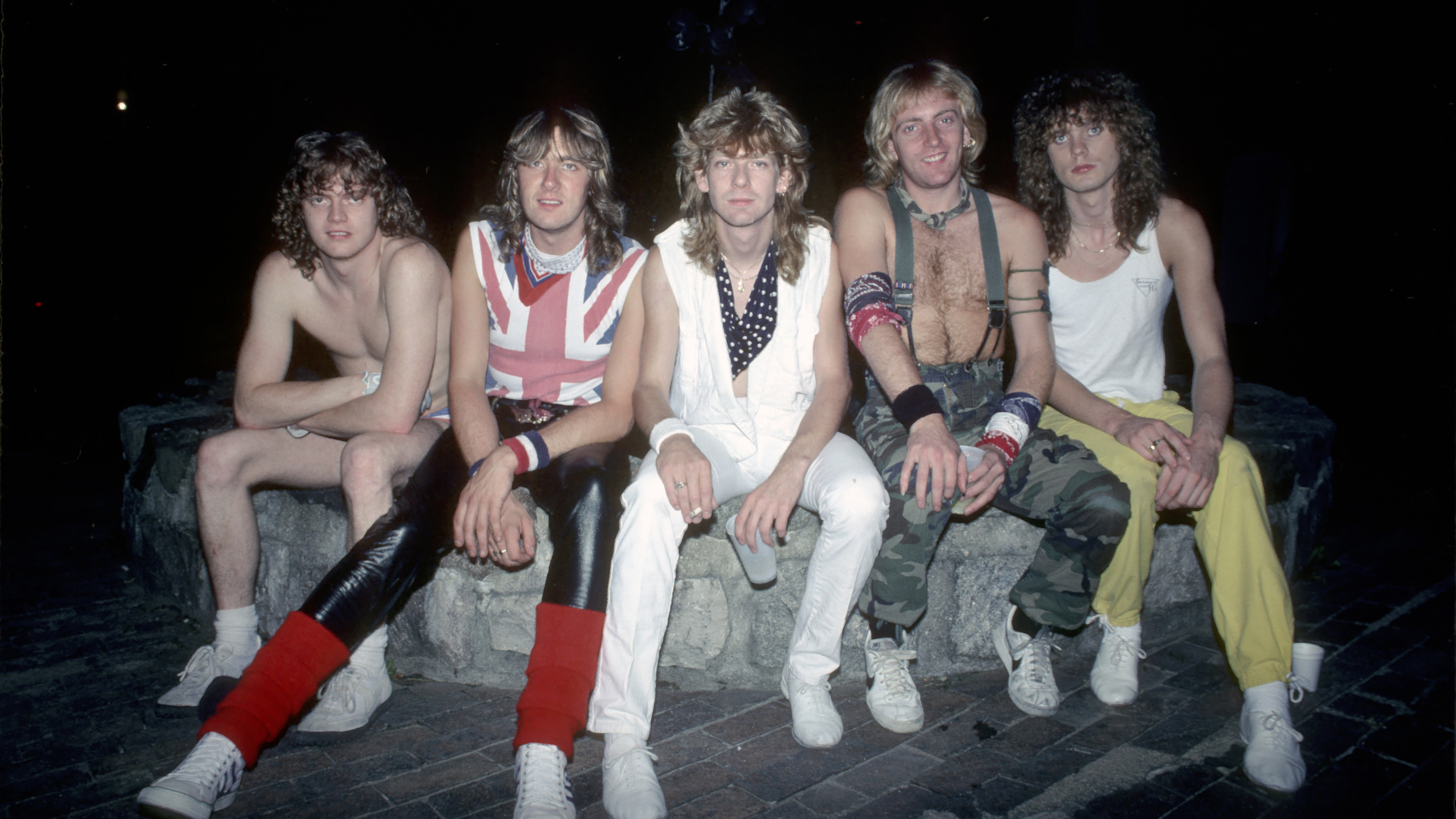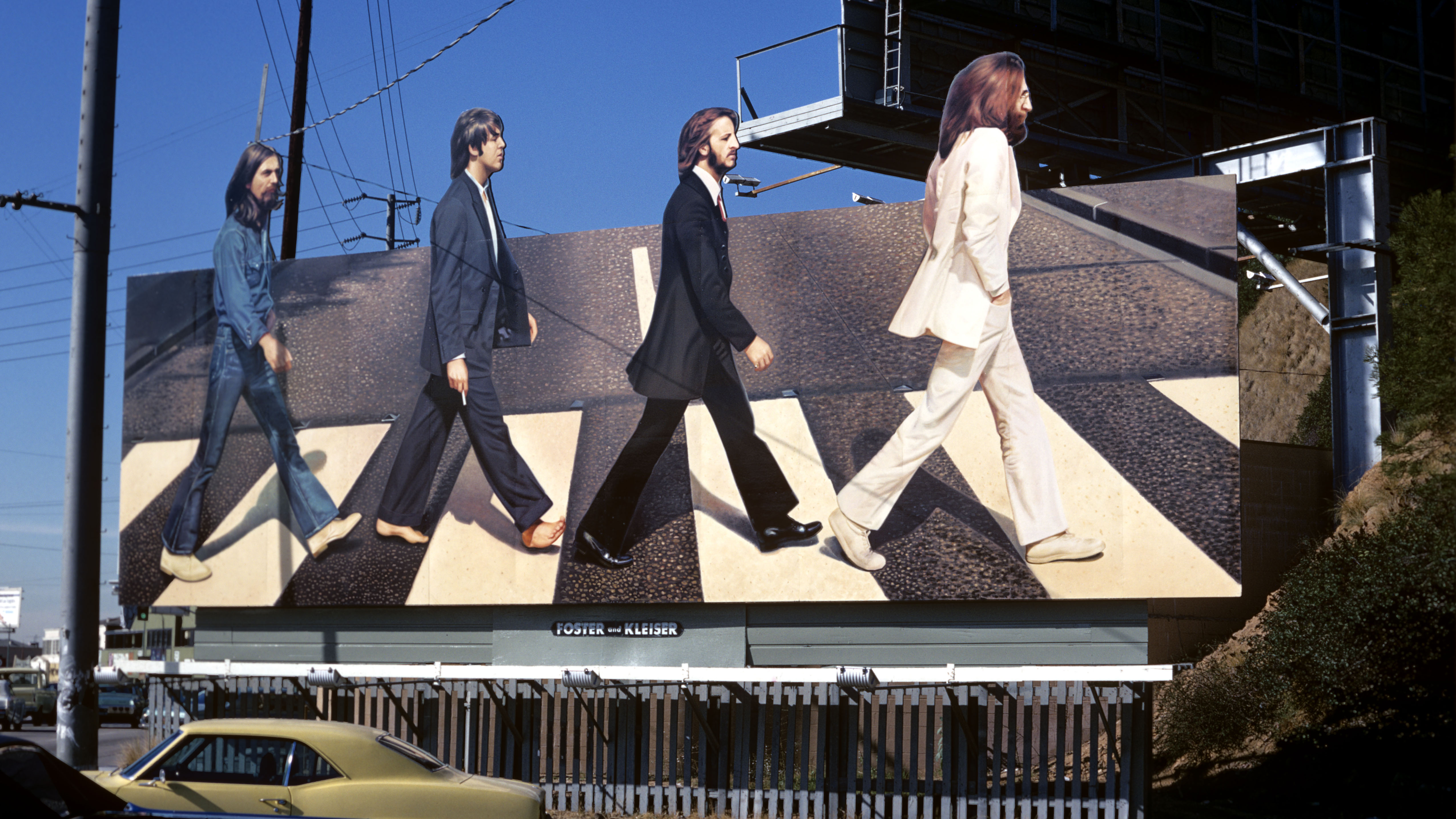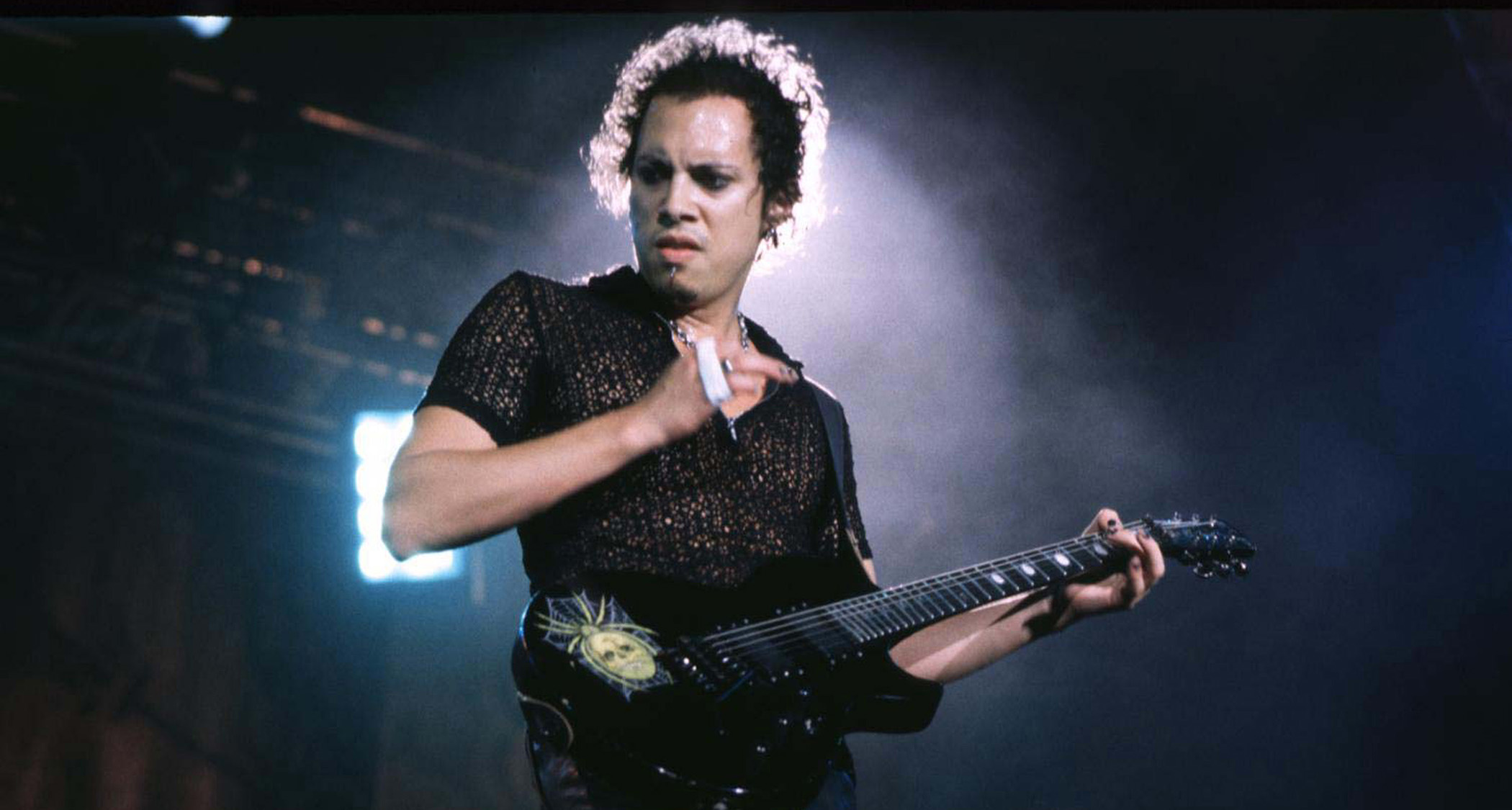“It was Gary’s idea to bring the Irishness back into Thin Lizzy": Guitar hero Gary Moore made only one album with the band - and it’s a classic
“His style of playing pushed everybody to become better,” said fellow guitarist Scott Gorham

On 6 February 2011, Gary Moore died at the age of 58. The Irish guitar hero made many great records in his long career, but arguably the best of them all was the one he made with Thin Lizzy.
The full title of the album says it all. Black Rose: A Rock Legend.
It was a commercial success, peaking at number two in the UK and yielding three hit singles.
But for Thin Lizzy, Black Rose marked the beginning of the end – for the band and for its leader, bassist/vocalist Phil Lynott.
It was during the making of this album that Lynott and Scott Gorham, the band’s other guitarist, became heavily addicted to heroin. And while Gorham eventually got clean, Lynott could not.
As Gorham admitted: “Black Rose was the start of our downfall.”
And yet, amid chaos and self-destruction, Thin Lizzy created a classic album.
Get the MusicRadar Newsletter
Want all the hottest music and gear news, reviews, deals, features and more, direct to your inbox? Sign up here.
25 years separated the deaths of Phil Lynott and Gary Moore, but until Lynott’s passing on January 4, 1986, the two men had remained close for much of their adult lives. Their relationship was volatile, but as musicians they shared a deep understanding.
Lynott and Moore were made for each other. And they were never better together than on Black Rose.
The pair first met in 1969, when Belfast-born Moore, then just 16, joined Skid Row, a band fronted by 19 year-old Lynott and based in his adopted hometown of Dublin.
They had barely become acquainted when Lynott was fired by Skid Row. But in 1974, Moore was invited to join Lynott and drummer Brian Downey in Thin Lizzy, whose guitarist Eric Bell had quit one year after the band had its first hit with the traditional Irish folk song Whiskey In The Jar.
Moore’s first tenure with Thin Lizzy was brief. In four months, he recorded just three songs with the band, including the ballad Still In Love With You, which was released on the 1974 album Nightlife.
After Moore’s exit, Lynott replaced him with not one but two guitarists: Gorham, an American, and Brian Robertson, a Scotsman.
With this, a new Thin Lizzy sound was born, the twin lead guitar style that would become the band’s trademark.
But Robertson was, by his own admission, a loose cannon. In December 1976 – with Lizzy riding high following two hit albums, Jailbreak and Johnny The Fox – Robertson damaged his hand in a drunken brawl at London’s Speakeasy club. An angry Lynott brought Moore back into the band for a US tour with Queen, but Moore declined an offer to rejoin Lizzy on a permanent basis. Robertson was subsequently reinstated.
However, by August 1978, just a month after the release of the classic in-concert album Live And Dangerous, Robertson was out of the band for good, and Moore was announced as the new guitarist in Thin Lizzy.
“Gary just pretty flawlessly stepped in,” Gorham said. “We didn’t miss a beat. And I don’t think Gary needed much persuading. This time, he really wanted to be in the band.”
Phil Lynott was always the leader of Thin Lizzy, the charismatic frontman and chief songwriter. “Thin Lizzy was Phil’s band,” Gorham said. “Everybody knew that.”
But as Gorham acknowledged, Gary Moore would play a key role on Black Rose. “Gary came in at the right time for us. He was great to work with. He had a lot of ideas, and obviously his playing spoke for itself. His style of playing pushed everybody to become better players, to tighten up a little. Having a guy like Gary coming in, it got me up on my feet.”
In late November, work began on Black Rose with producer Tony Visconti at Good Earth Studios in London’s Dean Street.
It was a busy time. In addition to the new Lizzy album, both Lynott and Moore were working on solo records: Moore’s Back On The Streets would be released in February 1979, Lynott’s Solo In Soho in April 1980.
With these three projects running concurrently, various songs were interchanged.
It was during this period that Lynott and Moore recorded a song that hit the UK top ten in April 1979 and would become the guitarist’s signature: Parisienne Walkways.
And it was in Paris that Thin Lizzy would complete the recording of Black Rose at Pathe Marconi EMI Studios.
Phil Lynott either wrote or co-wrote all nine songs on Black Rose, but as drummer Brian Downey said, “Gary really wanted to put his stamp on the album, and in the studio his personality really shone through. He and Phil really gelled. They worked hand in glove and it really paid off.”
The partnership between Lynott and Moore is most powerfully illustrated by the album’s title track, Rosin Dubh (Black Rose) A Rock Legend.
Inspired by the band’s Irish heritage, the track was described by Lizzy biographer Stuart Baillie as “an attempt to condense the entire Celtic spirit – the mythic figures, the history, the great writers, the musicians and hell-raisers – into a seven minute epic.”
The track incorporated three Irish folk songs – Danny Boy, The Mason’s Apron and Will You Go, Lassie Go – and the American folk song Shenandoah. Lynott’s lyrics paid tribute to a diverse array of Irish heroes, including WB Yeats, James Joyce, Oscar Wilde, Van Morrison and Lynott’s old drinking buddy George Best.
“It was Gary’s idea to bring the Irishness back into Thin Lizzy,” Gorham said. “Especially with the band being mainly Irish again.”
Moore also co-wrote the ballad Sarah, a dedication from Lynott to his first child, born in December 1978.
And while the album’s standout track, Waiting For An Alibi, was written by Lynott alone, it was Moore and Gorham whose brilliant twin-lead harmonies helped transform it into one of the all-time great Thin Lizzy songs.
Gorham recalled: “Phil had this bass-line, Brian put a drum groove on it and then me and Gary jumped on it.”
However, as Gorham confessed, he did feel outgunned when Moore played song’s blistering, high-speed lead break. He recalled: “I went, ‘Fuck me, Gary – do you think I’m supposed to do a harmony to that? Fuck you!’ He said, ‘Oh no, I’ll do it.’ And I said, ‘Thank fuck for that!’”
Black Rose was finished in February 1979, and in March, Thin Lizzy began a sell-out UK tour at Brighton Centre, with both Waiting For An Alibi and Parisienne Walkways in the charts.
In the first week of May, Black Rose went straight in at number two.
But there would be little time to savour this success. Within two months, Gary Moore would walk out on Thin Lizzy for the last time.
In July, the band was in California, midway through a tour as support to Journey, when Moore failed to show at Los Angeles airport for a flight to the next city.
After a brief phone conversation with Lizzy’s manager Chris O’Donnell, Moore was out. Chris O’Donnell said he fired him. Moore claimed he’d quit. Either way, Thin Lizzy required a new guitar player.
The band played the next four shows as a trio before Lynott’s friend Midge Ure, frontman for Ultravox, joined them on a temporary basis.
A third guitarist, Dave Flett, was drafted in before Lizzy finished the Black Rose tour in the UK.
Many years passed before Moore spoke to Gorham and Downey about why he’d left the band.
“I played with Gary in 2006,” Downey said, “and I asked him a couple of times, ‘Why did you just leg it?’ Even then I got a vague answer. What I did get from Gary was that he didn’t want any trouble. That’s why didn’t want to tell us face to face. And to be fair, I think Phil might have turned nasty.”
Moore gave Gorham a more straightforward explanation. “Gary didn’t take drugs,” Gorham said, “and his whole deal was that the drug thing with Phil and me had been getting too much.”
Gorham accepted the truth in what Moore told him.
“Gary thought that heroin was a never-ending downward spiral,” he said. “And in the end he was actually proven right, so you got to give it to him on that one.”
What Gorham believed, with equal certainty, is that with Gary Moore, Thin Lizzy created an album to rank among their very best.
“Jailbreak, Live And Dangerous, Bad Reputation and Black Rose - those are the four big ones for me,” he said. “That’s the real Thin Lizzy.”
Black Rose was not the end of the line for Thin Lizzy, or for Phil Lynott’s relationship Gary Moore.
With Moore’s replacement Snowy White, Lizzy made two solid albums in Chinatown and Renegade, before a final album in 1983, Thunder And Lightning, with yet another new guitarist, John Sykes.
Gary Moore went on to enjoy a successful solo career, and in 1985 he teamed up once more with Lynott for the hit single Out In The Fields.
In the wake of Lynott’s death, Moore’s album Wild Frontier, a throwback to the Celtic rock of Roisin Dubh, carried a simple dedication: ‘For Philip.’
In the 1990s, Moore returned to his first love, blues music. It was an idiom he would continue to explore until his death.
In obituaries, Gary Moore was remembered primarily as “the former Thin Lizzy guitarist”, after a career spent mostly as a solo artist. In total, he played with Thin Lizzy, on and off, for little more than a year.
But in the tributes to Gary Moore lay a simple truth. The one album that he made with Thin Lizzy is so powerful, so iconic, that their names will remain forever linked.
Black Rose: A Rock Legend.
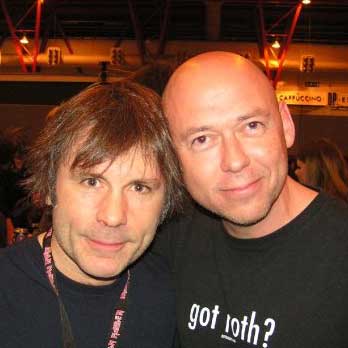
Paul Elliott has worked for leading music titles since 1985, including Sounds, Kerrang!, MOJO and Q. He is the author of several books including the first biography of Guns N’ Roses and the autobiography of bodyguard-to-the-stars Danny Francis. He has written liner notes for classic album reissues by artists such as Def Leppard, Thin Lizzy and Kiss. He lives in Bath - of which David Coverdale recently said: “How very Roman of you!”


